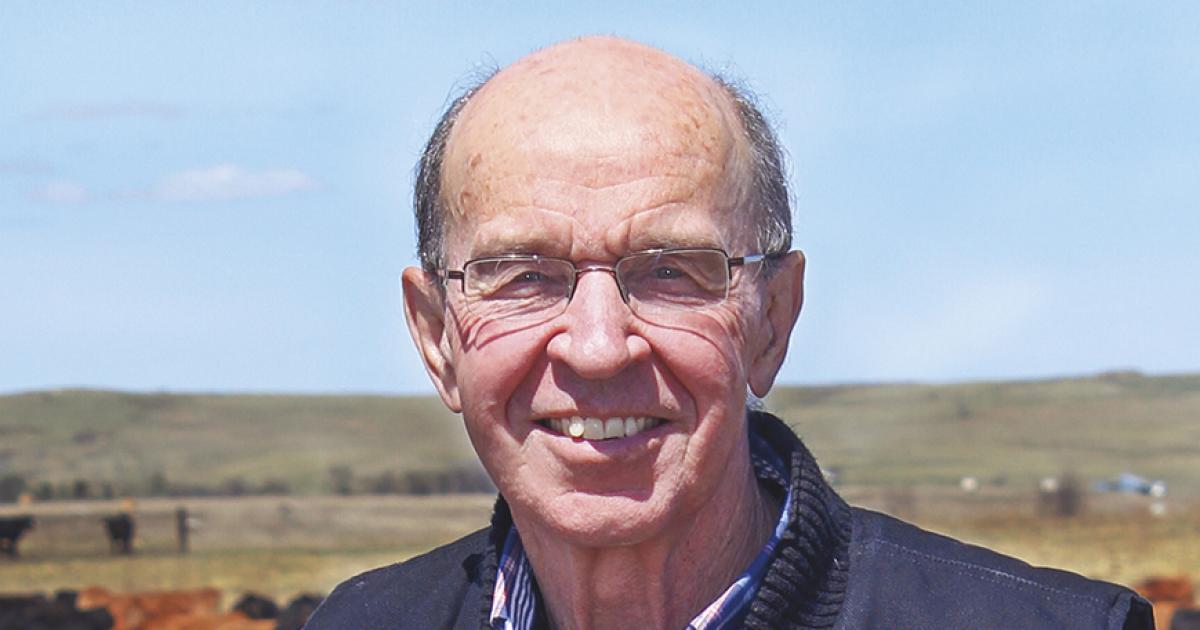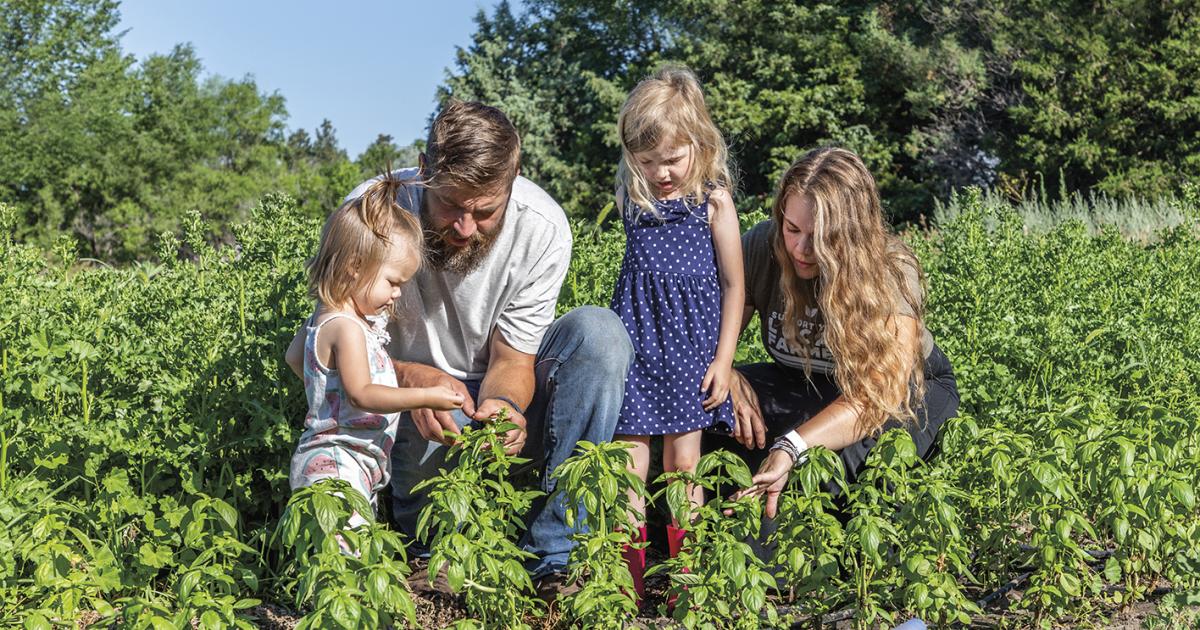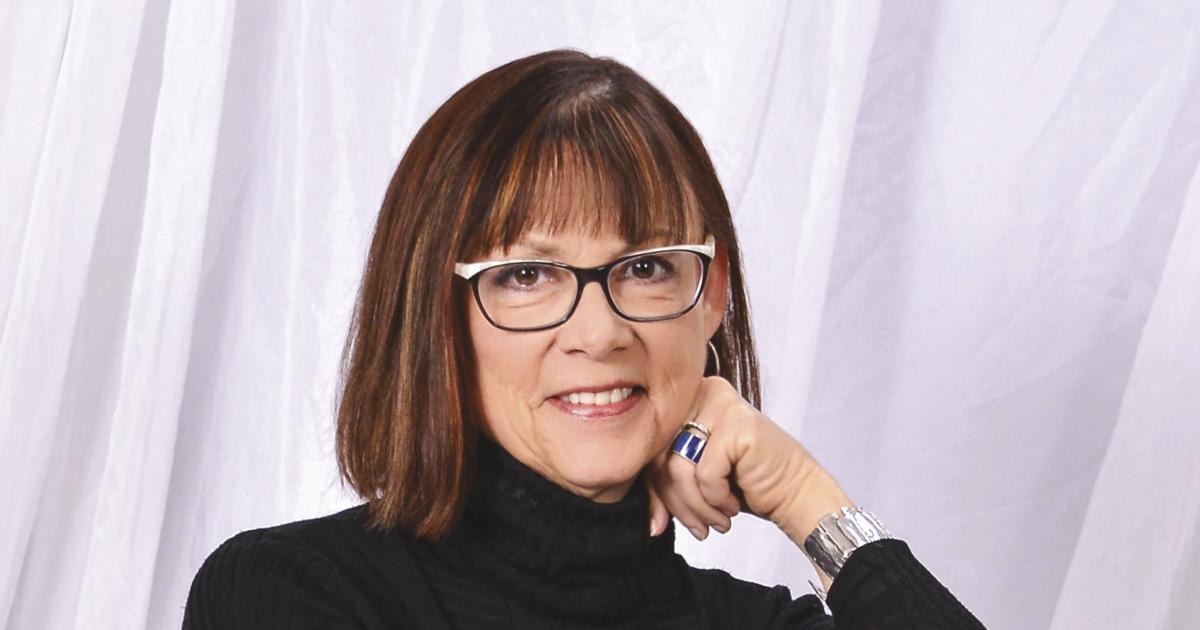The 1950 World Book Encyclopedia, the one my folks bought for us to learn from, includes a 16-page entry on North Dakota. There are pictures, charts and drawings and two maps. One is a “land use” map with little symbols depicting the principal products produced in different parts of the state.
The map has two ears of corn in the southeast corner. Heads of wheat and dairy cows are located in quite a few counties. Beef cows are found in much of western North Dakota, hogs in the southeastern part of the state and symbols for potatoes and sugar beets in the Red River Valley.
I wonder what a comparable map would look like today. It may not have any symbols of dairy cattle or hogs. Ears of corn would be found in much of the state. The 1950 map had no symbols for sunflowers, soybeans or canola. Today’s map probably would.
A map produced fifty years earlier, around 1900, at the time of settlement, would look far different, as homesteaders planted primarily wheat and flax as cash crops, and corn, barley and oats to feed their cattle, sheep, hogs and poultry.
All of this got me thinking about what someone once said about cropping patterns – that, over time, commodities should gravitate to those areas where soils and climate are best suited for their production – wheat in Kansas perhaps, corn in Iowa and cotton in Texas.
But other factors have entered in. Over the years, government programs have skewed the picture by supporting the price of some crops, but not others. Crop insurance reduces risk of growing some crops, but not others. New crop genetics, pesticides, machines and tillage practices allow us to grow crops like corn, soybeans and canola in areas where they were once not practical or profitable.
And so, one wonders, if you took away all of those other factors, other than soil and climate, what would we be raising in North Dakota today? And what will we be raising in the future if, as many believe, our climate is changing?
Al Gustin is a retired farm broadcaster, active rancher and a member of Mor-Gran-Sou Electric Cooperative.










